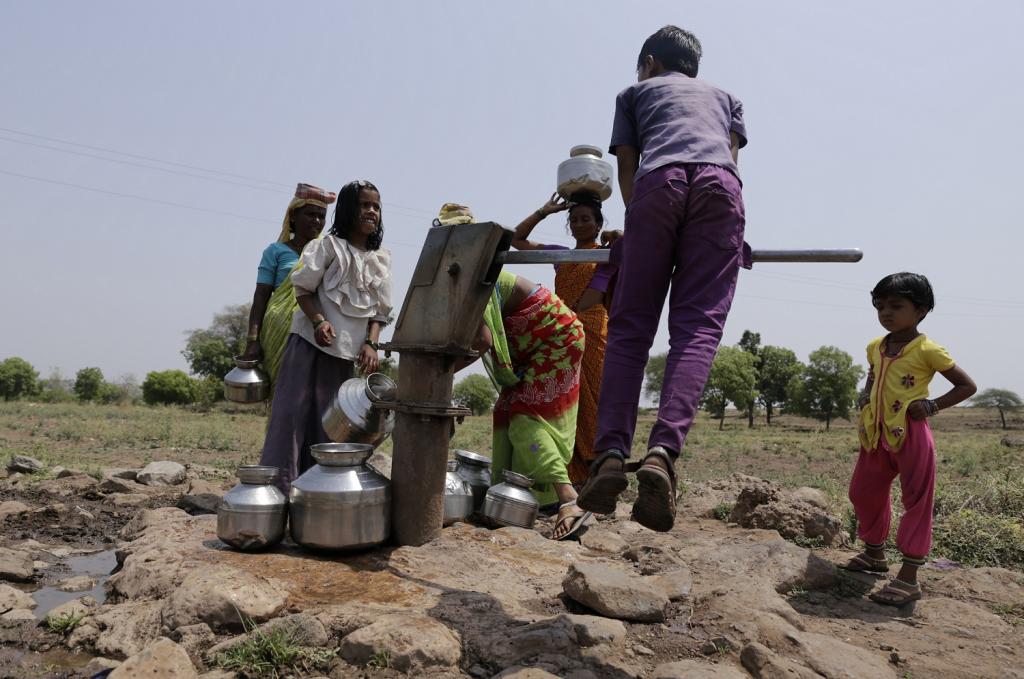Water Supply and Sanitation
Objectives
- Help particularly women in alleviating their drudgery of bringing water from long distances
- Improve villager’s control over sources of water and maintenance of drinking water supply schemes through formation of Water and Sanitation Committees
- Increase access to potable drinking water and protect community from waterborne diseases
- Generate awareness on practices of personal hygiene/environmental sanitation and health rights

Interventions
- Formation of Water and Sanitation Committees and training of these committees
- Selection and capacity building of village level Hygiene Educators
- Training Programs on different models of toilets and latrines, construction of compost pits, soak pits, waste water disposal, maintenance of hand pumps, water borne diseases, health rights, government schemes
- Trained Hand Pump Machanic and maintaning Hand Pump
- Istablish Water Supply In two villeges of Mahoba Block
- Exposure Visits to government offices
- Organization of health camps
- Developing IEC material
- Organization of awareness campaigns using local folk songs, drama, poster exhibitions, competitions
Outputs
- Formation of 27 Water and Sanitation Committees in 27 villages
- Actions taken by Water and Sanitation Committees
- 956 toilets constructed
- 850 families using toilets every day
- 95 hand pumps installed
- 350 soak pit units developed
- 360 compost pit units prepared
- 15 hygiene educators trained
- 2000 families using safe practices of water handling at home
- 90 hand pump mechanics trained
- 950 families using constructed toilets
- Government resources mobilized for construction of toilets and improving water supply –Rs. 10 million
- 5000 trees planted and 20 percent of trees survived after 3 years
Impacts
- 20 villages with improved potable water supply
- Reduction in time required to fetch water in 20 villages
- Reduction in drudgery of women in fetching water [reduction in distance need to be walked every day per trip of water]
- 20 villages where Water and Sanitation Committees are efficient and active in managing water resources and water supply
- Reduction in instances of disputes / altercations over fetching water within village
- 4 open defecation free villages
- 10 villages mobilized over health rights issues
- 20 villages with reduced instances of water borne diseases
- 250 families [who has constructed toilets and using it every day] with 50 % reduced expenditure on treating water borne diseases
- 20 villages with epidemic free years over last 5 years of water borne diseases such as diarrhea, cholera, typhoid etc.
